As told to Denise Castañon and Tiffany Hill
Shutdowns, sickness and staff shortages have greatly impacted early childhood education throughout the country, including here in Portland. Here’s what parents, educators and providers have to say about what’s happening from the front lines.
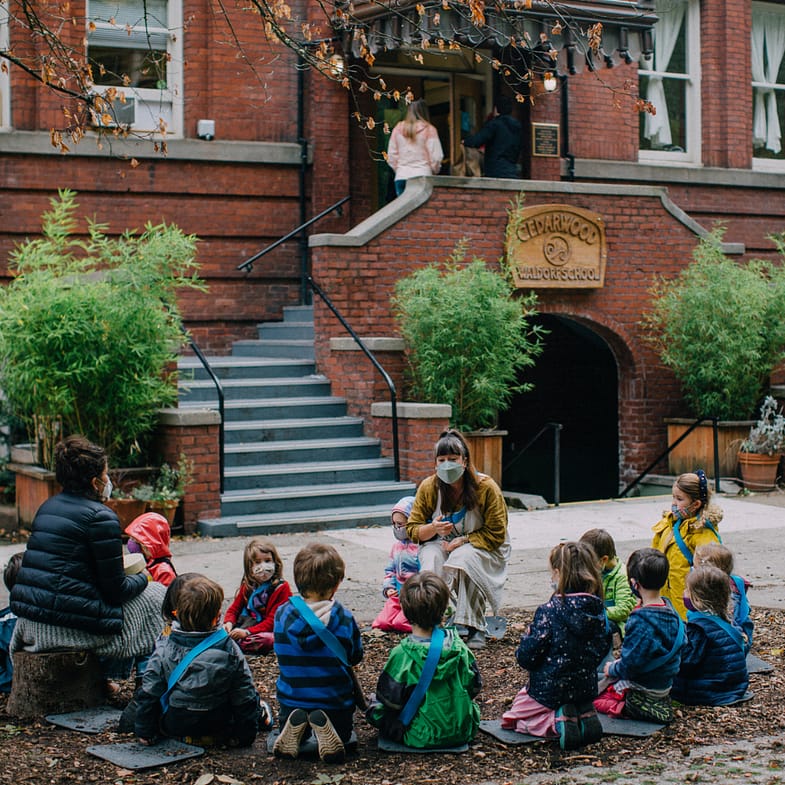
Crisis. It’s a word many parents, educators and providers have been using when it comes to the situation they all find themselves in regarding the state of early childhood education here in the Portland area — and really the entirety of the United States. The ongoing pandemic has burdened an already stressed child care and early education system, forcing many of us to make difficult decisions, whether based on financial costs, shifting schedules or even simple availability.
PDX Parent sat down with moms, teachers and school directors to hear from them about all these challenges they’re facing. Educators told us about burnout and grappling with decreased resources. One parent shared that she was forced to scramble for child care, and pay higher rates, after her son’s child care center abruptly closed. Another mom said she’s put advancing her career on hold because of the lack of affordable care.
And while it certainly is a critical moment in Oregon’s early education system, it’s not all bad news. The Preschool for All program — passed by Multnomah County voters in November 2020 — was heralded as a game changer by most in early education for its promise to expand access, especially for marginalized communities. This March, the program will begin its first enrollment wave.
What the Locals Have to Say
I would like parents to understand that it is our children and families that are in crisis right now, not just the field of early education. We must create a thoughtful, fully funded, and valued early education system in order to build a stronger foundation for these families. We must provide engaging, playful environments that balance care and learning while involving families in a meaningful way. We must come together as communities to build places for our children to think deeply and feel safe. And we must honor and pay a livable wage for those who are drawn to our field and then provide them with the time and resources needed to implement developmentally appropriate practices through play. Teachers of all ages need to have the time and energy to create engaging curriculum and meet each child where he/she stands. To do this, parents must speak up, take action and choose wisely when policies are being created and implemented.
— Julie Miller, Threes Teacher, Cedar Hills Kindergarten & Preschool in Cedar Hills
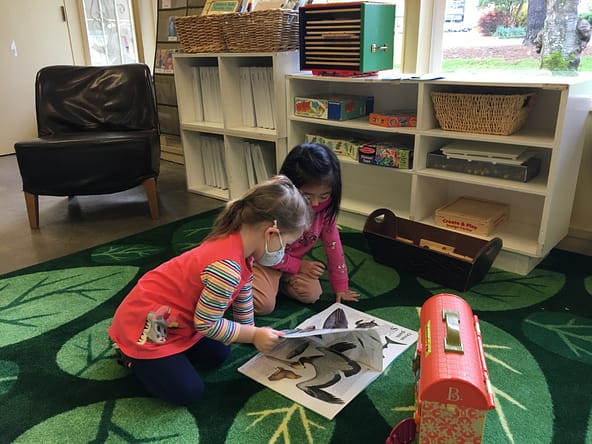
I recently started a full-time job again. My children are 8, 6, and 2 and during the pandemic have been in virtual school. When I went back to work, my husband had to step down from his management position and take a lesser role in order to get a much smaller, more flexible schedule. We now trade off the kids during the week. His two shifts per week start as I get off the clock from my full day. This change has been positive in many ways (he has loved getting to see the kids more). However, from a financial standpoint, it would have been much better for us to both be able to work full time. We’re actively saving for a house and it feels like the only way we’ll get one in this hot market is if we’re both working. So not only have we both had to sacrifice positions in order to care for the kids, now we are putting off home buying. I know this resonates with lots of people — the American Dream doesn’t feel attainable to us as a family in our current situation.
— Sophia Butler, mom of an 8-year-old, 6-year-old and 2-year-old in West Linn

It has been very difficult finding child care for us. My son is 4 and pre-COVID we were put on a waitlist for six months. And then when COVID hit, we were told that we couldn’t continue coming because of COVID. We waited two weeks and then were told since we were essential employees we could come back. Now fast forward one and a half years, they gave us one week (yes, one week) notice in an email at 6:03pm on a Friday to find new care since they were closing their facility. Obviously panicking, I called as many places as I could to try to find new care. I called 14 different facilities, and all were full or waitlisted for at least six months to a year. I put us on the waitlist for as many places as I could and even paid the $25 to $60 fee at each place. Luckily, I found a place (sister business to prior daycare) across town 30 minutes away. Now my children go to different places and my round-trip commute just to get them to day care is over one hour.
— Brittany Leckie, mom of a 4-year-old and 1-year-old in Milwaukie
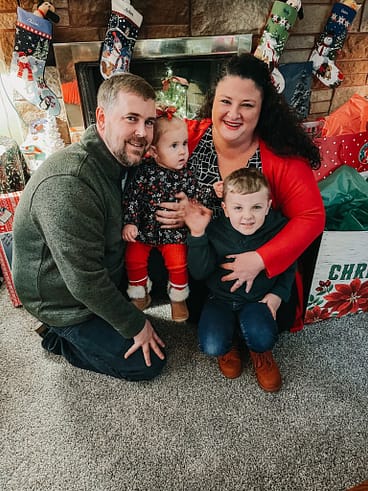
An increased emphasis on (diversity, equity, inclusion and justice) DEIJ and anti-bias education in the classroom have been top of mind for parents and for many educators. Families have been impacted by the pandemic in how they are choosing schools, lifestyles, and the timing of when their children enter preschool and/or child care. … In the next five years, the DEIJ and anti-bias education work will continue to be important. Preschool for All is likely to have an impact in that area as well. There is likely to be a continued emphasis on individual support and an increased need for personalized education programs to support children with special learning needs. I predict that many families will be seeking education with an emphasis on the outdoors and the rhythms of nature.
— Erin Cooley, enrollment director, Cedarwood Waldorf School in Lair Hill
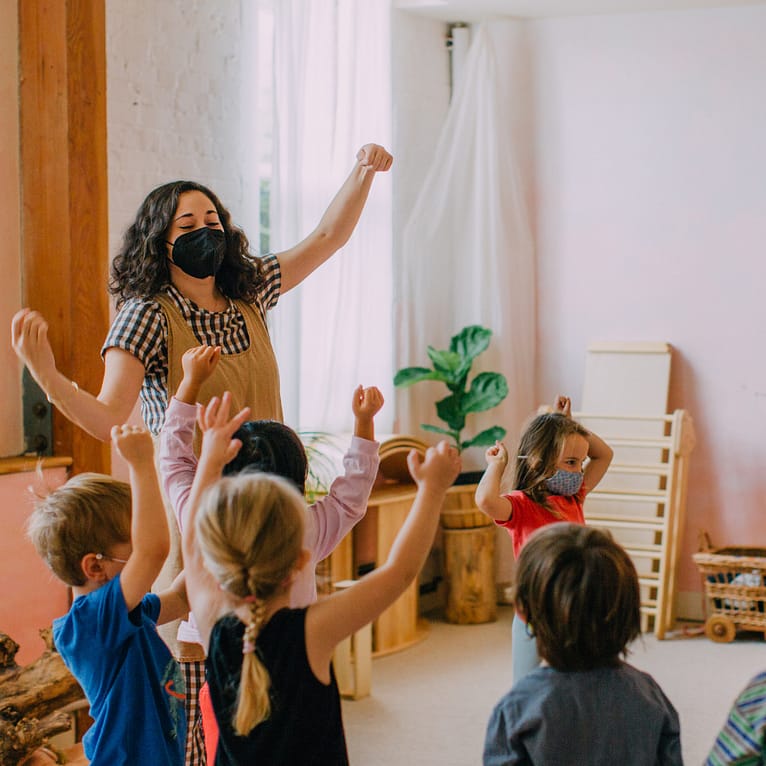
Cost is by far the hardest and most shocking aspect of finding child care. I used to be a nanny, so we started by looking for a nanny. But now they all charge so much (they deserve it, but I wasn’t ready for the price tag), and expect sick time/PTO and health benefits. Once we finally found a day care, we ended up paying $600 more a month than we initially budgeted for, and that’s only for care three days a week. Pro tip: Get on a wait-list as soon as you can (even if you end up going a different route in the end). It’s never too early. We’re currently touring preschools for our daughter to start at 2 ½ yrs (and she’s currently 11 months). I felt crazy for looking so early but was told by the schools that we are on track and would otherwise end up on a wait list.
— Melody Boulanger, mom of an 11-month-old in Happy Valley/Damascus

At the beginning of the pandemic in March 2020, we pulled my toddler from day care because there was so little information available about the impact of COVID on children. That terrified me. My son was out of day care for a year until my husband and I were vaccinated. During this time, I depended on my parents for child care. They do so much for us, but I feel so bad because it has impacted their retirement. They should be focused on travel and enjoying their free time, but COVID has ruined that for them.
— Melissa Erb Burgess, mom of a 5-month-old and 3-year-old in Montavilla
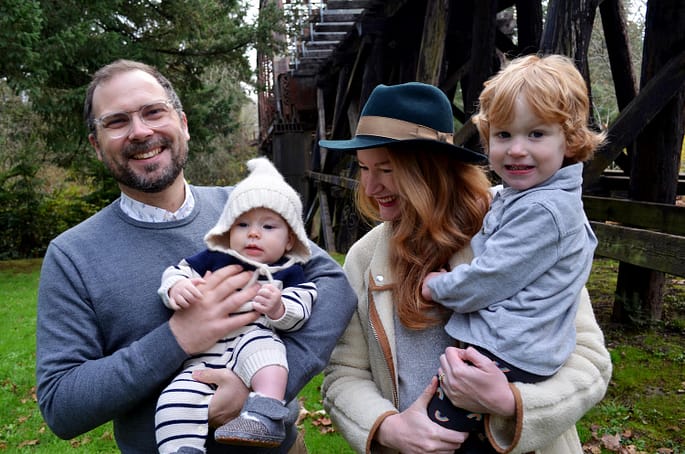
I would like everyone to understand the importance and value of high-quality early childhood education. We have the opportunity and responsibility to guide children during a very critical time in their lives. The work that early childhood educators do sometimes goes unnoticed and is looked at as “day care” or “preschool,” with “real school” beginning at kindergarten. The truth be told, the foundation of a person is being established in the first three years of life. Our social and emotional selves are being explored; we learn to explore, inquire about the world around us and afar. Children are viewed as thinkers and as empathetic individuals who care for and engage with their peers and contribute to the community.
— Erika Saiers, director of early childhood education at Portland Jewish Academy in Hillsdale
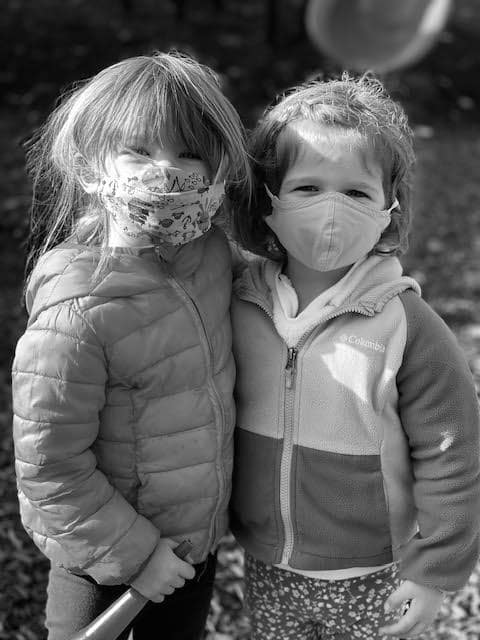
If we had decided to put Davy (our 4-year-old) into a full-time preschool before COVID, it would have been necessary for us to make some changes. Preschool is expensive! The community center offers very affordable rates and excellent care, but the hours of care are limited. Davy attends six hours a week. I’d love more time to focus on my career, but because affordable care is limited, we’ll be looking at a few more years before I can contribute and help get our family in a more stable position in regard to retirement and emergency savings. That said, our challenges when it comes to child care are relatively small. We feel thankful for the ability to be flexible during the preschool and pandemic years.
— Megan Goss, mom of a 4-year-old and 9-year-old in Foster-Powell
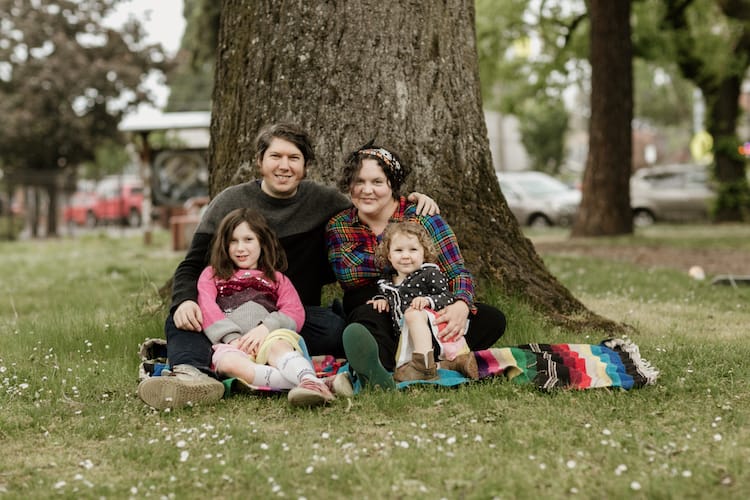
The changes I’ve seen in the industry in the past five years have been an increased need for full-time preschool/child care options due to both parents needing to work to cover the increasing costs of living. In the next five years, I see this need growing and the affordability of child care being a potential issue as well. We understand the need for affordable, dependable child care. As child care providers, we’re doing our best to meet those needs. I think those of us that are in this industry are in it because we care about the children in our community and want to provide them with the best early learning experience possible.
— Jennie Reeves, owner and educator at Blooming Garden Pre-K in Southeast Portland
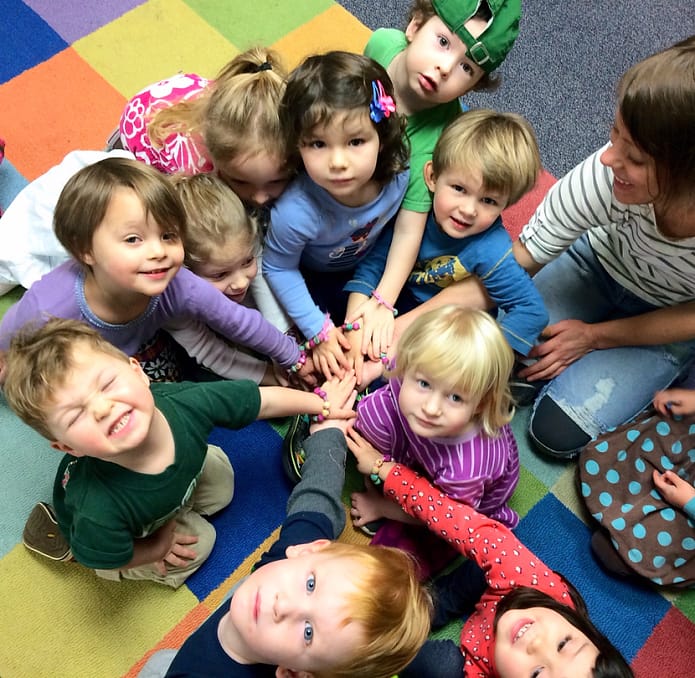
We were the family that followed all the rules, limited socialization, etc. and still got exposed at day care. Both of my girls got COVID and we had to quarantine for 20 days. It is hard relying on the fact that other families are being cautious — everyone is at a different (risk) level — and our school just has been hesitant to push too much on parents to follow the rules or mandate testing or vaccination. It has really made it complicated to trust their decision-making on an admin level, even though we love our teachers. That exposure caused such chaos in our household for 20 plus days while my husband and I juggled work and kids on our own. We both have great jobs, but they are intense and neither of us could fully step away.
At this exact moment in life, we are now preparing to move out of our neighborhood in Northeast Portland to Lake Oswego and are having a very hard time finding a spot for our 1-½- year-old closer to our new house. I started searching and getting on lists in mid November and am holding out hope to have a spot by next fall sometime. As a backup, we can just keep her where she is at, but that will be a long drive from our new house. For my 4 ½-year-old, she’ll start kindergarten in the fall and we’ve decided to go the private school route. In light of waitlists, we got her on the list last fall, so almost 12 months ahead of when she’ll attend, and they still cannot guarantee us a spot.
— Danielle Terrazas, mom of a 4-year-old and an 18-month-old in Lake Oswego
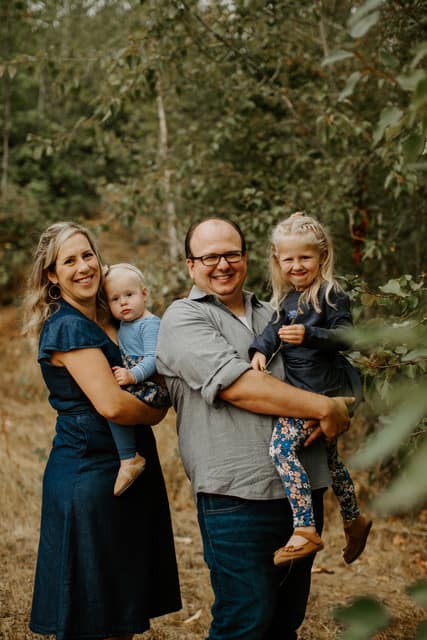
The pandemic forced us to make some organizational changes that have ultimately benefited our school. We were able to retain our pre-pandemic staff by a series of pay raises, increased benefits and by not asking too much from them. We recognized how stressful all of the COVID policies and requirements felt and did our best to start small and build up to the class sizes we have now, which are still not quite at pre-pandemic levels. … Our teachers feel well resourced and supported. We’ve instituted changes in our hours, no longer provide holiday care and we lowered our staff- to- child ratios significantly, which have increased teacher satisfaction and child outcomes.
— Mercedes Castle, Head of School, Portland Montessori Collaborative in Southwest Portland

